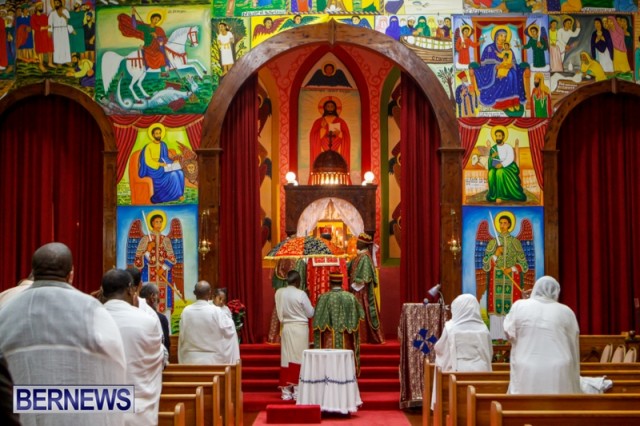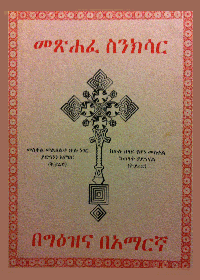

These later lists fall into two main groups, one group having a broader canon, the other a narrower one, as follows: – Īs this list does not add up to 81, some more recent works enumerate further canonical books, further identify the ones listed in the Fetha Nägäst, and attempt to explain the discrepancy. Fetha Nägäst, the canon law, specifically cites Sinodos as its source in its section on the canon, and so has the same list this list adds to the universally accepted canon at least the books Judith, Tobit, 2 books of Maccabees, Wisdom, Ecclesiasticus and Pseudo-Josephus. Sinodos is a collection of material attributed to the apostles and early church councils. Of the ancient sources recognised in Ethiopia, the principal ones containing canon lists are the books Sinodos and Fetha Nägäst. The authorities of the Ethiopian Orthodox Church have never said of an edition of the Geez or Amharic Bible that it was complete. Some of the books assigned canonical authority have never been printed in Geez, or only printed outside Ethiopia, or are difficult to obtain.ĥ. The naming of a book in a list does not necessarily uniquely identify it.Ĥ. The number of canonical books is reckoned to be 81, but this total is reached in various ways.ģ.

The concept of canonicity is regarded more loosely than it is among most other churches.Ģ.

The following difficulties were encountered in the course of the study: –ġ. This present study is concerned with the lesser problem of establishing the canon list considered to be normative today by the authorities most respected by the Ethiopian Orthodox Church. However, the canon lists found in Ethiopian MSS and printed books present many variations, and the study of the history of the canon offers a wide field for investigation. The Biblical corpus is recognised in Ethiopia as a limited group of writings, and is generally called ‘the 81 books’. Ostkirchliche Studien, 1974, Volume 23, pp.


 0 kommentar(er)
0 kommentar(er)
